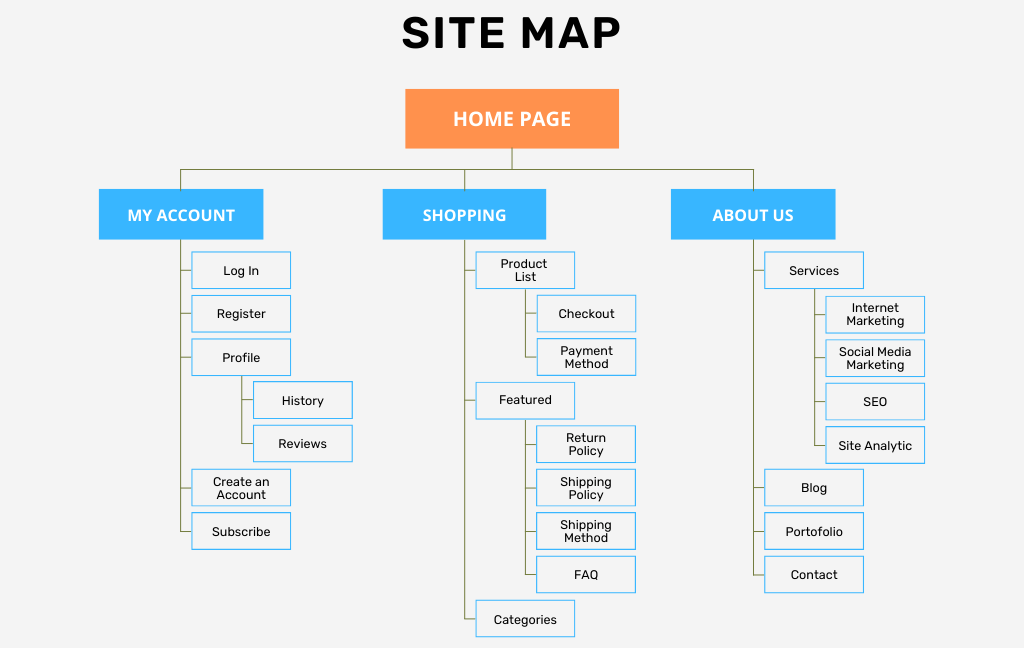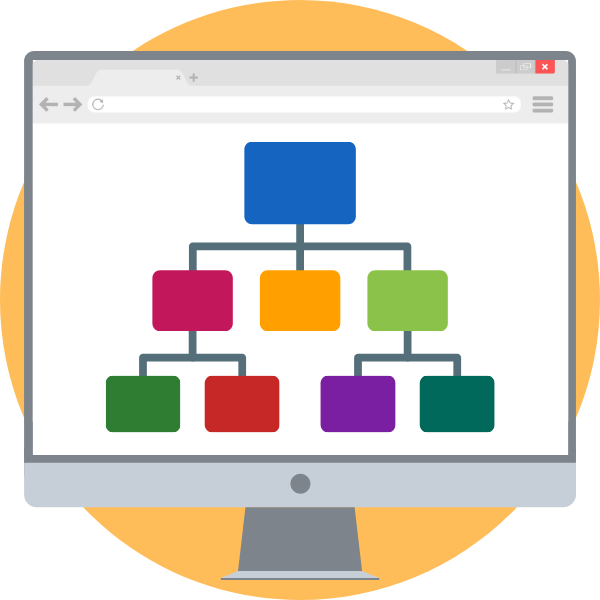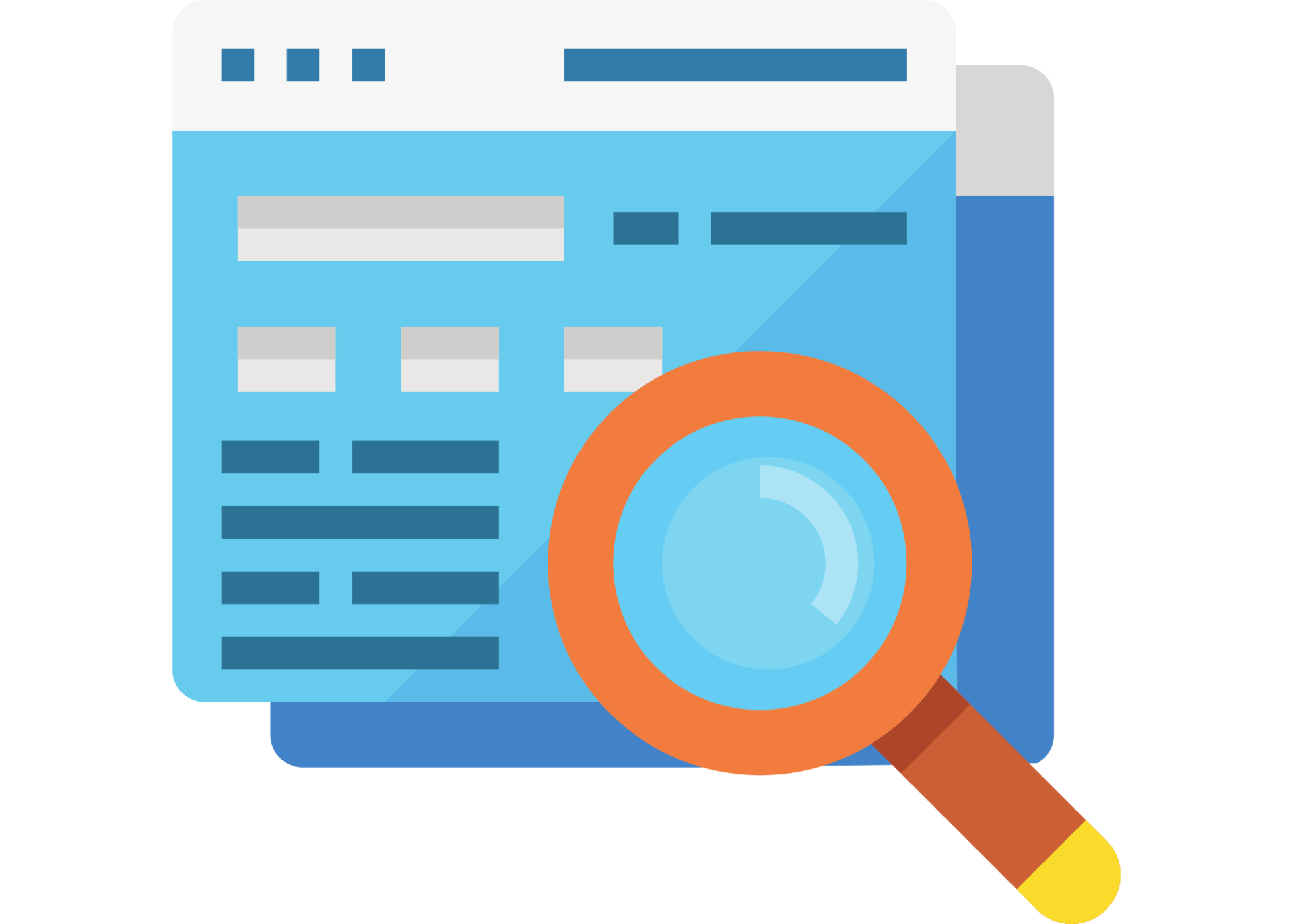What is a Sitemap? (And Do You Need One?)
Nearly every website you visit has a link or button labeled “sitemap.” You'll generally find it in the footer or another unobtrusive place on the site. If you scroll to the bottom of this page, you’ll find a link to our own sitemap in the footer.
Sitemaps have been around almost as long as websites themselves. Despite this, few internet users understand what a sitemap actually is (and fewer still have ever clicked on a sitemap link. )
Through the years, the role and importance of sitemaps has changed. Sitemaps ultimately have little direct effect on your web browsing experience as an end-user. But as a business owner, you should understand the role a sitemap plays in the success of your company’s website.
What is a Sitemap
No clever naming convention here. A sitemap is, quite simply, a map of your site. It's a dedicated page on your site that contains a blueprint of the website itself; a visual representation of your site’s layout. It’s an outline, listing your website’s pages in order and structure, with links to each page.
Some sitemaps may appear in flowchart format, others may be a simple text list, and some will be highly technical. The sitemap format will usually depend on the size and complexity of the website itself. But no matter the style, it’s vital the sitemap is clear and accurate.

What is the Purpose of a Sitemap
Sitemaps are useful in a few different ways. From a user standpoint, your sitemap helps visitors get an idea of your website’s layout and where they may find a particular page.
And when it comes to updating or redesigning your website, a sitemap is critical in identifying all the pages on your site, where they currently live and how they’re linked together, as well as how your site’s structure will change with a new design. Your sitemap will be an invaluable tool when you decide to change your website's structure or do a content overhaul.
But aside from being a useful reference for users and developers, your sitemap serves a far greater purpose—search engine optimization.

Your Sitemap’s Role in SEO
Search engines explore websites using bots. These little bots cruise through a site’s various pages and check out the images and text, sending data back to the search engine on whether or not the site is useful and user friendly. This website exploration—or crawling as it’s known in the tech world—is one of the ways search engines decide where a site should be ranked in search results.
Including a sitemap on your website helps search engines identify the most important pages on your site, exhibits how your website's pages are linked to each other, and encourages bots to crawl around your site.
Crawlability—the ease with which bots can move around and explore your site—sends important signals to search engines. If your site structure doesn’t make sense or pages aren’t linked in a logical way, your site will struggle to rank in search results. On the other hand, if your site structure is very clean and your sitemap demonstrates this, your website is likely to have a more favorable position in search ranking.

Creating a Sitemap
Creating a sitemap for your website can be as straightforward or complex as you choose to make it. For small to moderately sized sites, it’s often easy enough to just draft the sitemap yourself, ensuring you have all the pages and URL’s correct and in the proper order.
For larger or very complex sites, it may be advisable to use a sitemap creator. These tools create the map for you, then you audit and confirm the data.
For more direction on creating a sitemap for your site, Google offers some helpful information here.
Your Site's Blueprint
Though it may seem like a minor thing, a page on your site few people will ever visit—don't underestimate the value of a sitemap.
A sitemap is not just a technical feature but a powerful tool for enhancing your online visibility and user experience. By providing search engines with a clear roadmap and making it easier for potential customers to find what they need, a site map can be the key to unlocking your business's digital potential.
Get the Latest Content in Your Inbox
Want to be the first to know about new content? Sign up to get our weekly blog posts sent to your email!





